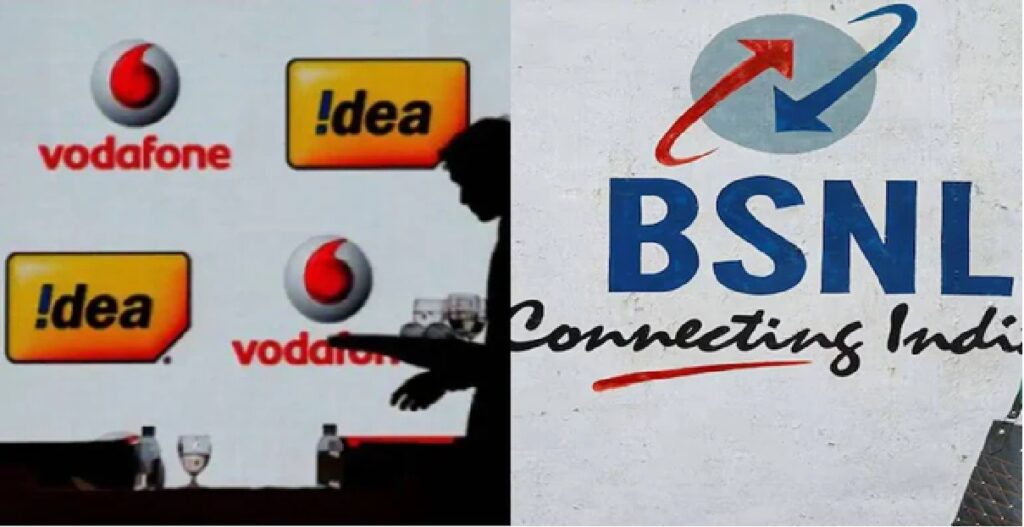Author: Akshay Published Date: 02 July 2025
The Duopoly Dilemma
At the 2025 India Mobile Congress, MoS Communications Chandrasekhar Pemmasani dropped a bombshell: “Telecom isn’t meant for two players.” His statement acknowledged what millions of consumers feel daily – Reliance Jio and Bharti Airtel’s dominance threatens innovation and fair pricing.
The numbers tell the story:
- Jio + Airtel control 78% market share
- Average revenue per user (ARPU) up 42% since 2021
- 5G coverage gaps in rural areas
The government’s solution? A surgical revival of BSNL and Vodafone Idea to maintain 4-5 competitive players.
Why 4-5 Players Beat Duopoly
The Risks of a Two-Horse Race:
- 📈 Price Inflation: Limited competition = higher plans
- 🚫 Innovation Stagnation: Less incentive for network upgrades
- 🛣️ Single-Point Failures: Kerala floods showed network vulnerability
Former Finance Minister P. Chidambaram put it bluntly: “A telecom duopoly would be catastrophic for consumer choice and digital inclusion.”
Vodafone Idea: Government’s $4.3B Bet
The Lifeline:
- ₹36,000 crore AGR dues converted to equity (Govt now owns 49%)
- Spectrum payment moratorium extended to 2030
- No takeover – Vi remains privately managed
Why It Matters:
*”Without intervention, Vi’s 270 million subscribers would flood Jio/Airtel – creating irreversible duopoly.”* – Telecom analyst at Nomura
Remaining Challenges:
- $23B total debt still looms
- 5G rollout lagging by 18 months
- Subscriber bleed (3-4 million/month)
BSNL: The Phoenix Project
Indigenous Revival Strategy:
| Initiative | Progress | Impact |
|---|---|---|
| 4G/5G Tech | 40,000+ towers live | First made-in-India networks |
| TCS Partnership | Core network deployed | Reduced foreign dependency |
| Government Contracts | Priority for smart cities | Revenue stability |
Rural First Approach:
BSNL’s 164,000 village coverage targets areas private players ignore – crucial for Digital India’s last-mile connectivity.
The 6G Chess Move
While reviving laggards, India’s playing the long game:
- 🥈 #2 globally in 6G patent filings (212 patents)
- 💰 $1.2B R&D fund for Bharat 6G Alliance
- 🎯 2030 commercial rollout target
Insider insight: “We missed 4G, compromised on 5G. 6G is our sovereignty play” – DoT official
The Execution Minefield
Four Looming Threats:
- Vi’s Debt Trap: ₹2.1 lakh crore debt may need haircuts
- BSNL’s Bureaucracy: Slow decision-making vs. agile private players
- Private Pushback: Jio’s legal challenges to revival packages
- Tech Lag: Indigenous stack still 18 months behind global standards
Why This Strategy Matters to You
Consumer Wins:
- Competitive pricing (5G plans 30% cheaper than duopoly projection)
- Better rural coverage
- Innovation in services (BSNL testing satellite internet)
National Security Gains:
- Reduced foreign equipment dependency (Huawei-free networks)
- Sovereign 6G standards
The Road Ahead: 12-Month Watchlist
- Vi’s Make-or-Break: Fresh investor funding by Q4 2025
- BSNL 5G Test: Commercial launch in 6 states by March 2026
- 6G Trials: First Indian equipment demo at 2026 Mobile Congress
The Bottom Line
India isn’t just saving telecom companies – it’s preserving market democracy. By betting on BSNL’s revival and Vi’s rescue, the government aims to:
- Prevent consumer exploitation
- Build tech sovereignty
- Position India as 6G leader
As MoS Pemmasani declared: “A nation of 1.4 billion deserves at least four healthy telecom players.” The next year will prove whether this ambitious balancing act can survive financial gravity and execution challenges.
For Consumers: Expect better plans by 2026 if this gambit succeeds.
For Investors: Watch for Vi’s debt restructuring and BSNL’s IPO rumors.
For Competitors: Jio/Airtel will fight harder than ever to maintain dominance.
